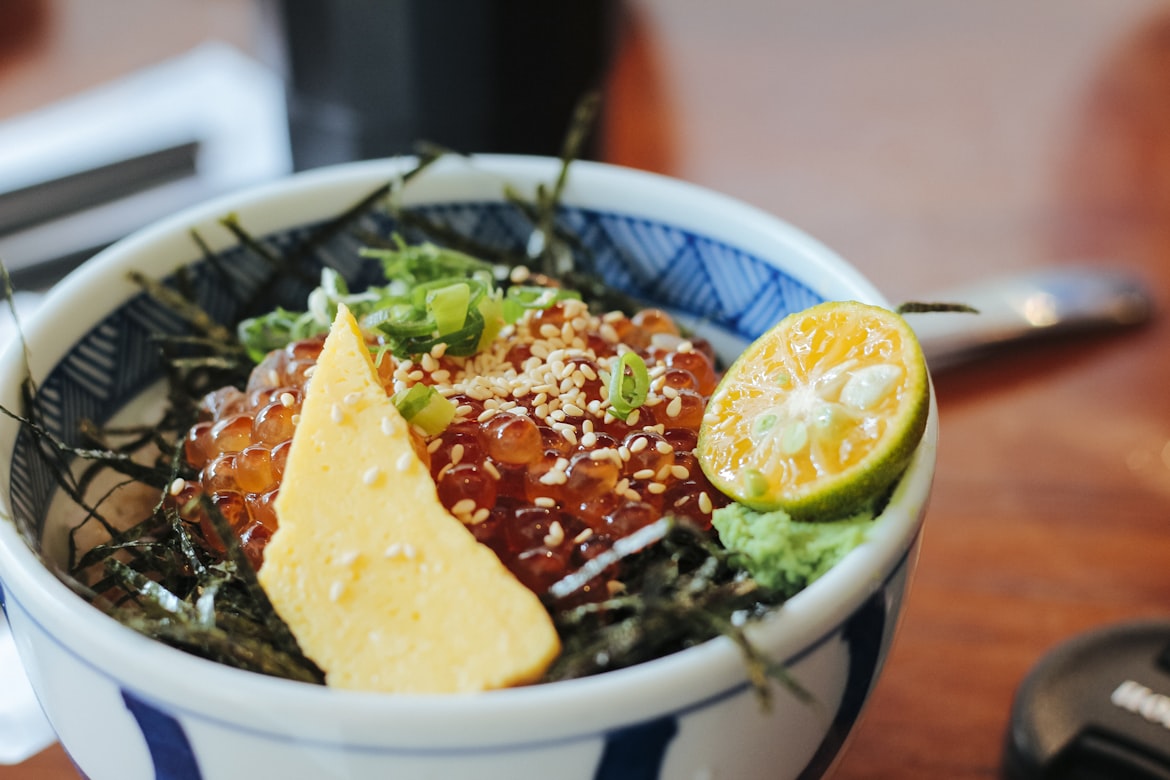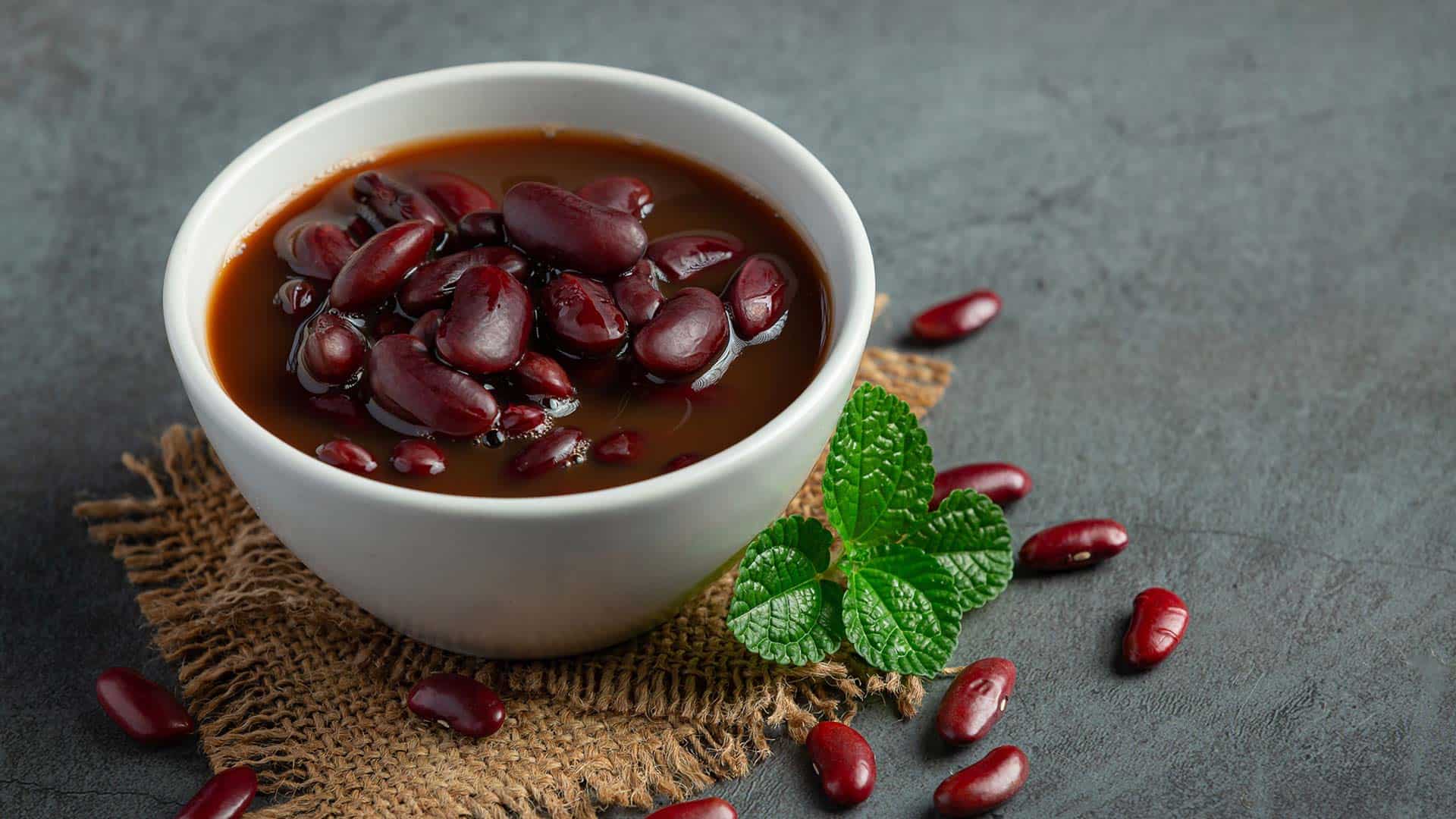Embark on a culinary journey that tingles the taste buds and adds a burst of flavor to dishes – the Yuzu Kosho Kick. This spicy citrus condiment, rooted in Japanese tradition, is making waves in the global culinary scene, enticing food enthusiasts with its unique blend of heat and citrusy brightness. Join us as we explore the origins, diverse applications, and the emerging food trend surrounding the Yuzu Kosho Kick.
Unveiling the Origins of Yuzu Kosho
Yuzu: The Citrus Star
Yuzu, a fragrant and tangy citrus fruit originating from East Asia, serves as the star ingredient in Yuzu Kosho. The fruit boasts a distinctive flavor profile, blending elements of lemon, mandarin orange, and grapefruit, creating a citrusy symphony that captivates the palate.
Kosho: The Spicy Infusion
“Kosho” translates to pepper in Japanese, and in the context of Yuzu Kosho, it refers to the spicy component. The condiment traditionally combines yuzu zest, yuzu juice, and chili peppers, resulting in a paste or sauce that packs a punch of heat along with the citrusy brightness of yuzu.
Versatile Applications of Yuzu Kosho
Culinary Magic in Japanese Cuisine
Yuzu Kosho has been a staple in Japanese kitchens for centuries. Its versatility makes it a cherished condiment in both traditional and contemporary dishes. From enhancing the umami of grilled meats to elevating the flavor profile of simple rice dishes, Yuzu Kosho is a culinary magic wand.
Seafood Sensation
The zesty and spicy notes of Yuzu Kosho complement seafood exceptionally well. Whether used as a dipping sauce for sashimi or incorporated into marinades for grilled fish, Yuzu Kosho adds a layer of complexity that heightens the dining experience.
Creative Cocktails
Bartenders and mixologists are embracing the Yuzu Kosho trend by incorporating it into creative cocktails. The condiment’s citrusy kick adds a refreshing twist to cocktails, offering a unique flavor profile that pairs well with spirits like gin and vodka.
Food Trend: Yuzu Kosho Fusion
The Yuzu Kosho Fusion trend represents the condiment’s expansion beyond traditional Japanese applications, inspiring chefs and home cooks to experiment with global flavors.
Cross-Cultural Cuisine
One notable aspect of the Yuzu Kosho Fusion trend is its integration into cross-cultural cuisine. Chefs are exploring innovative ways to incorporate Yuzu Kosho into dishes inspired by various culinary traditions. Whether it’s Yuzu Kosho-infused guacamole or a spicy citrus vinaigrette for salads, the condiment’s adaptability shines.
Gourmet Condiment Offerings
Gourmet condiment brands and artisanal producers are recognizing the demand for unique flavors, leading to the creation of high-quality Yuzu Kosho variations. These premium offerings often feature different chili pepper varieties, showcasing the condiment as a sophisticated addition to the culinary landscape.
Home Kitchen Experimentation
The Yuzu Kosho trend has transcended restaurant kitchens, with home cooks embracing the condiment for its versatility. Social media platforms are abuzz with Yuzu Kosho-inspired recipes, encouraging culinary experimentation and the creation of homemade versions of this spicy citrus delight.
Where to Experience the Yuzu Kosho Kick
For those eager to explore the Yuzu Kosho Kick, various culinary destinations and products provide opportunities to savor its unique flavor profile.
Japanese Restaurants
Japanese restaurants, especially those with a focus on authentic flavors, are likely to feature Yuzu Kosho in various dishes. Whether as a condiment on the table or a key ingredient in signature creations, diners can experience the Yuzu Kosho Kick in its traditional context.
Specialty Grocery Stores
Specialty grocery stores and international markets often carry bottled Yuzu Kosho, making it accessible to those looking to bring this condiment into their home kitchens. Explore the condiment aisle for different variations and spice levels.
Fusion Cuisine Hotspots
Fusion cuisine hotspots that celebrate the marriage of diverse flavors may incorporate Yuzu Kosho into their dishes. From Yuzu Kosho-infused tacos to spicy citrus pasta, these establishments offer a global twist on traditional applications.
Embracing the Yuzu Kosho Kick: A Flavorful Adventure
In conclusion, the Yuzu Kosho Kick invites us on a flavorful adventure where heat meets citrusy brightness in perfect harmony. Whether savoring its traditional applications in Japanese cuisine, experimenting with Yuzu Kosho Fusion in cross-cultural dishes, or enjoying creative cocktails with a spicy citrus twist, the condiment adds a burst of excitement to the culinary landscape. So, let the Yuzu Kosho Kick awaken your taste buds, and may each bite be a zesty celebration of this spicy citrus condiment revolution.…




